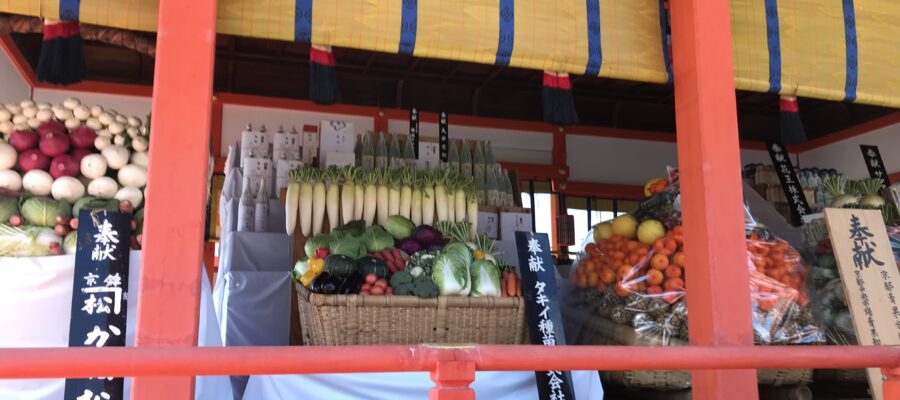楼門を通過すると、目の前に朱色の建物が見えます。正月が明けてから行くと、奉納された食品や酒などが所狭しと、この中に収められています。ここまでは写真を撮ることができますが、石段を上がると本殿に向かって写真は撮れません。石段の下から撮った写真を掲示しておきます。
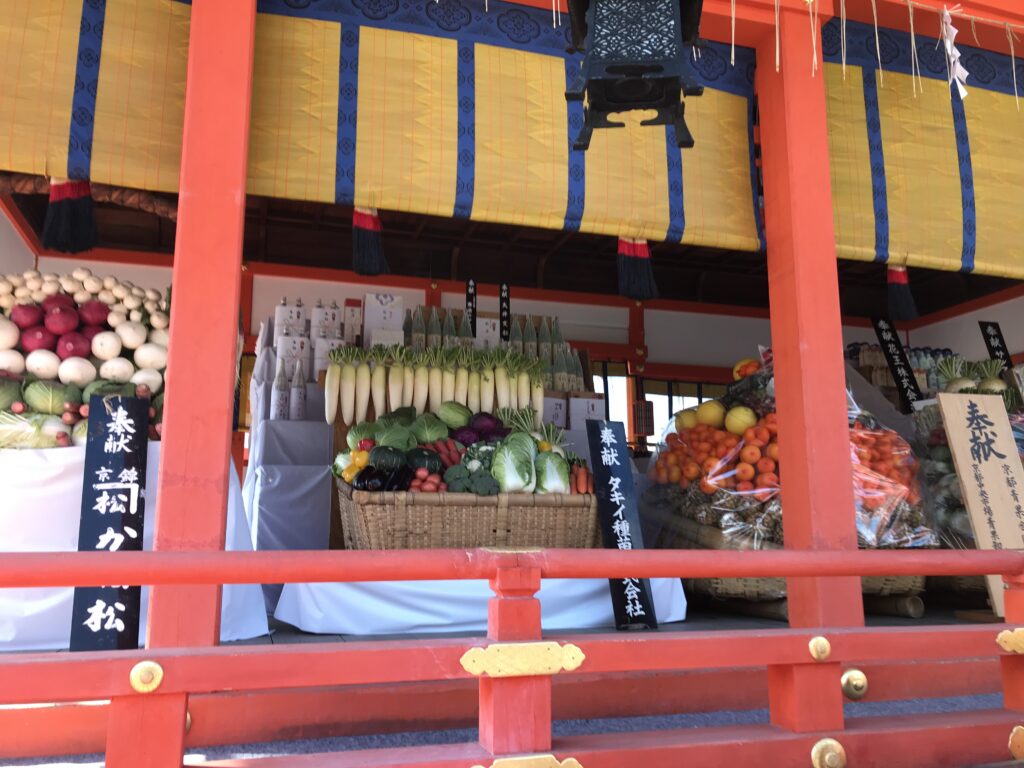
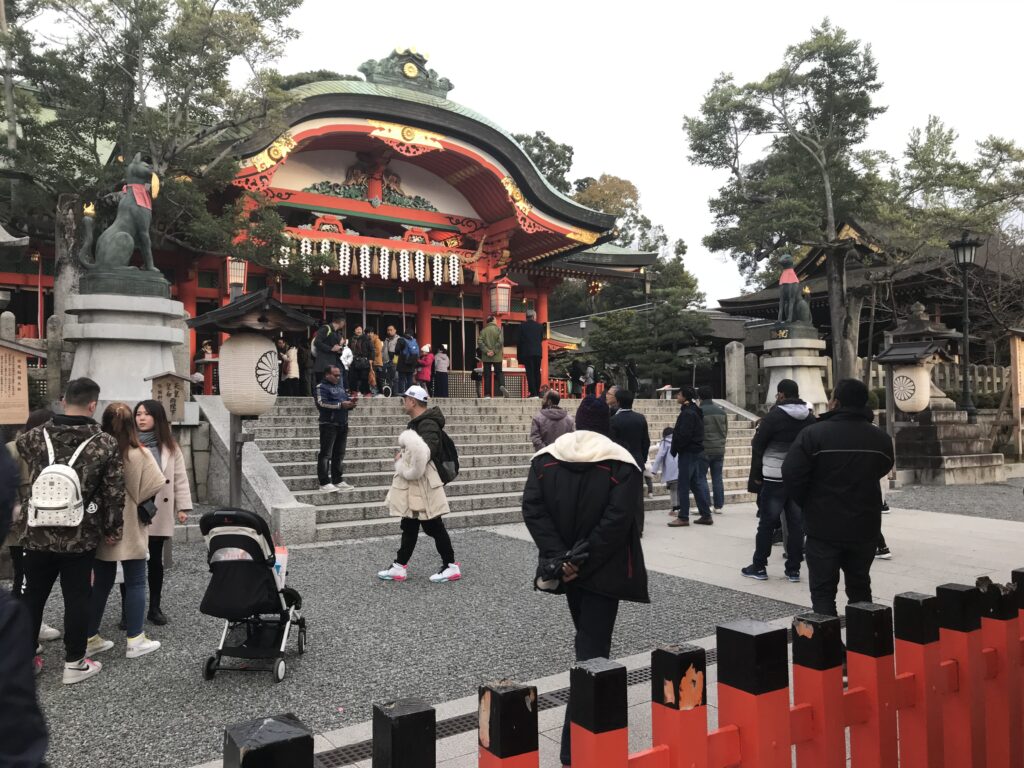
さて、石段を登る前に、右手にある神社で、たくさん掛けられている絵馬の説明をします。ここには合格祈願の方が来るようですが、外国人参拝者が多いだけあって、様々な言語で書かれた絵馬が掛けられています。絵馬に願いを書くことは、訪日観光客が簡単に日本の風習を実践することでもあるので、喜んでいただけます。
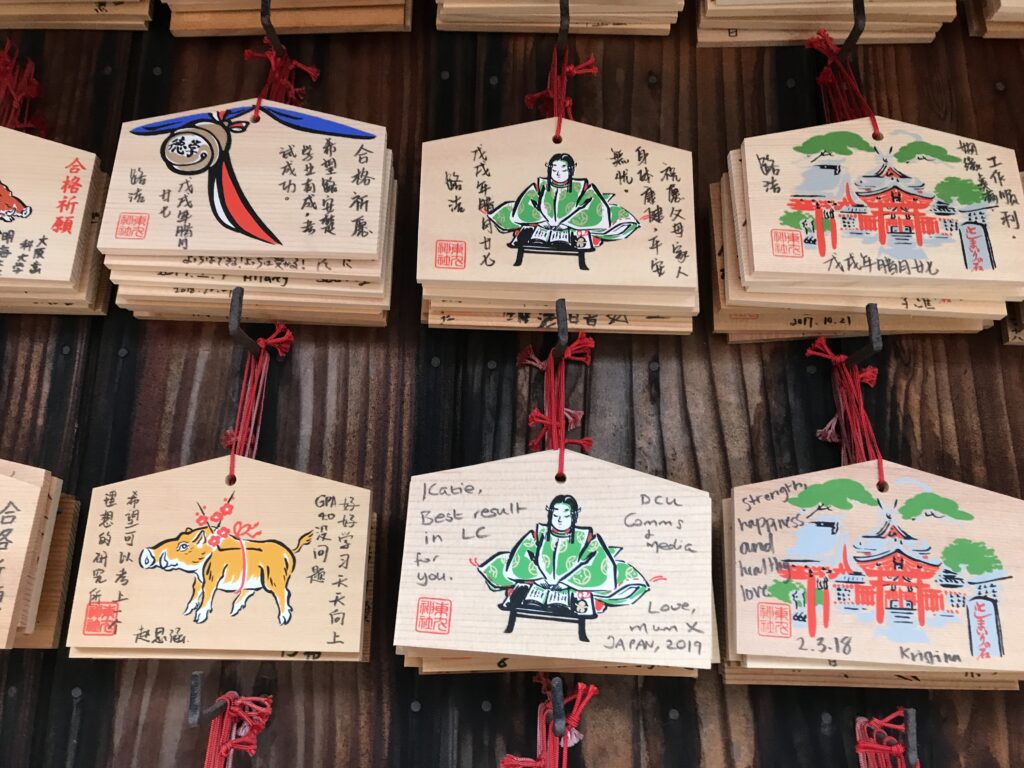
さあ、いよいよ石段を登って、お参りです。人が多いので注意をしながら、皆さんにお参りの仕方を見ていただいた後、希望者には実践していただきます。宗教儀礼なので、望まれない方には見ていただくだけにしています。よくガイドの人が、賽銭に5円玉を選んで、“五円”と“ご縁”を結びつける解説をされるので、訪問客にどこまで通じているのか、彼らの表情を見ています。
この横には神楽殿があり、時々神楽を舞う方々を見ることがあります。神楽を踊っているときは撮影禁止ですが、踊っていない時は、神楽殿の建物を撮影することは許されています。本当は踊っている時を撮影したいのですが、無理なので、建物だけの写真を掲載しておきます。
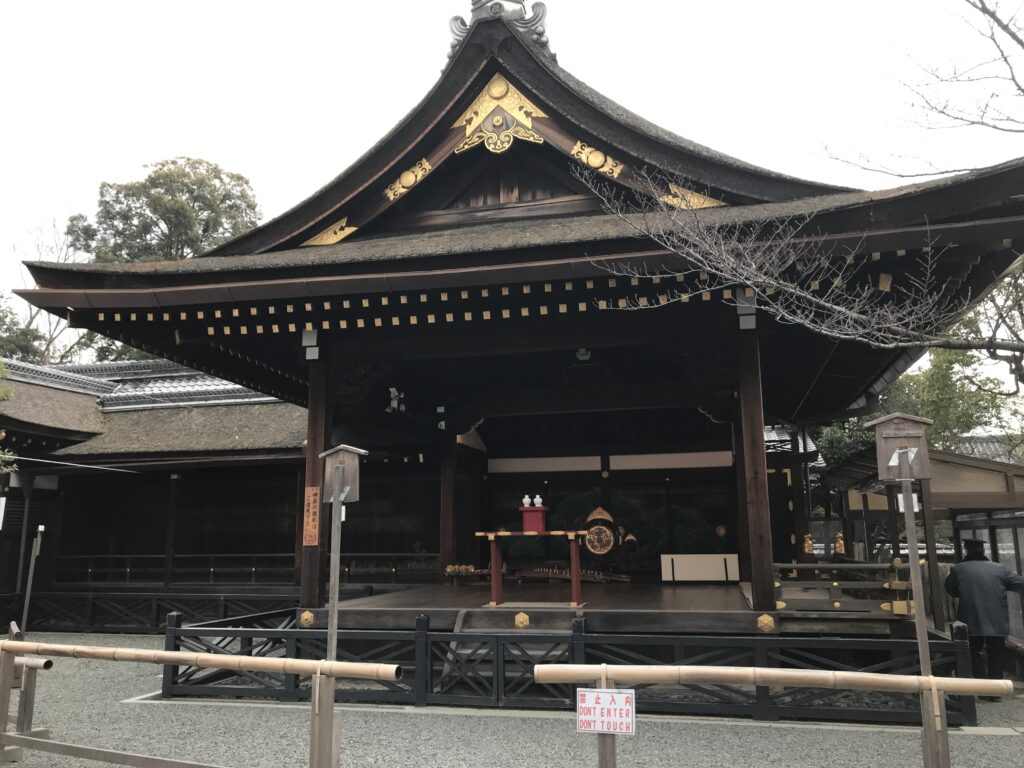
では、いよいよ石段を登って千本鳥居に近づいていきます。その前に、白馬の像を見てみましょう。私も知らなかったのですが、この白馬はビジネス運を上げてくれるようで、多くの名刺が、その足元に投げ入れらえています。私も何回か名刺を投げ入れたことがあります。ガラスの狭い隙間から名刺を入れるので、難しいのですが、たくさんの名刺が床面に広がっていました。幸運を求めるビジネスマンが、それだか多いのでしょう。それでは、千本鳥居をくぐりに行きましょう。(完)
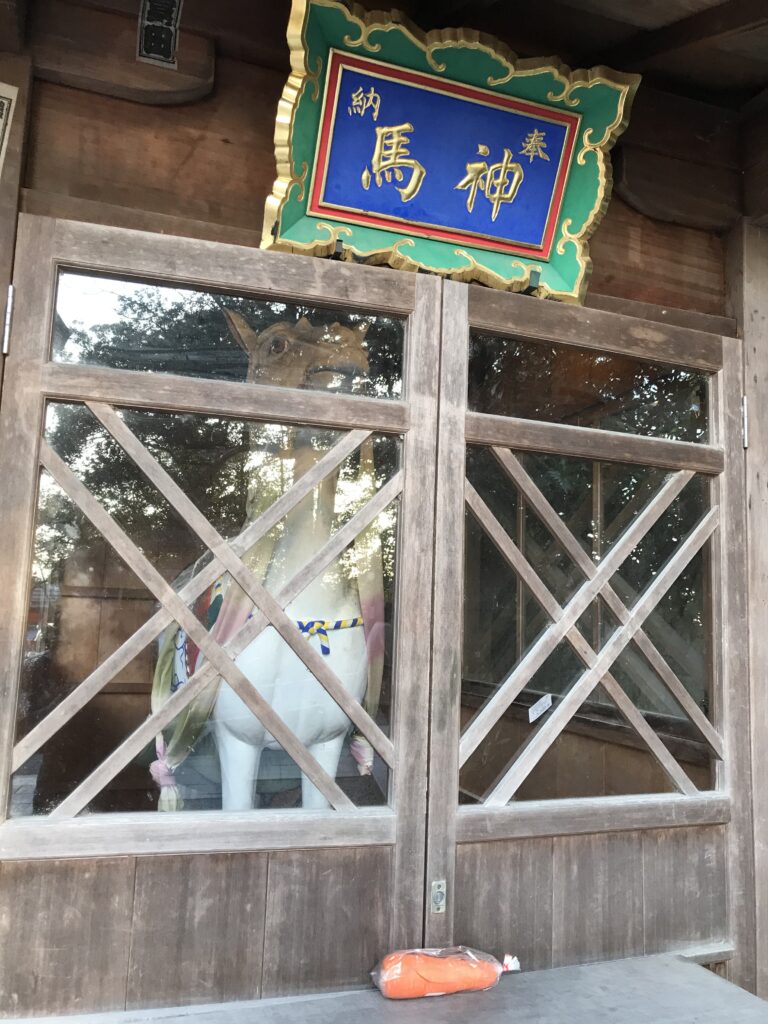
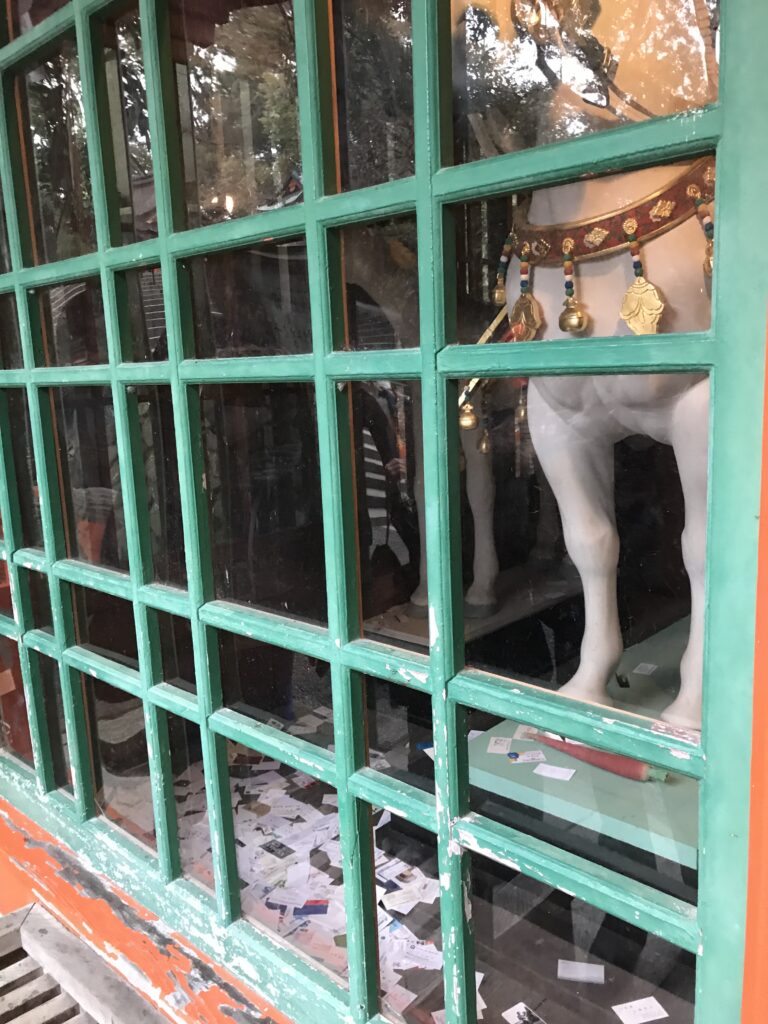
京都のお土産
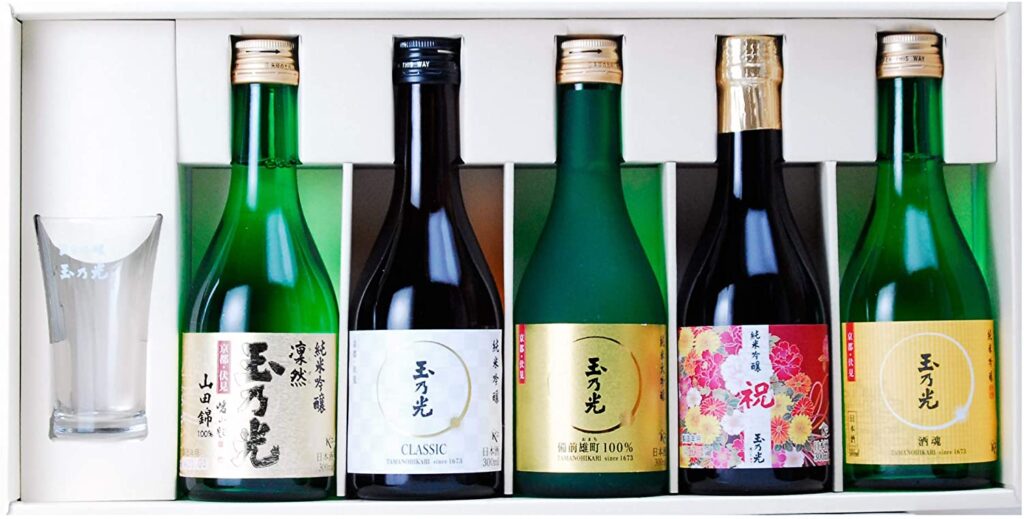
京都・伏見の蔵元 玉乃光 米100%の日本酒 純米大吟醸・純米吟醸 飲み比べセット
新品価格
¥3,780から
(2022/4/23 16:17時点)
Fushimi Inari Taisha (2) From the tower gate to the statue of a white horse (Kyoto City, Kyoto Prefecture)
Passing through the gate, you will see a vermilion building in front of you. If you go there after New Year’s Day, you will find that food and sake dedicated to the shrine are crammed into this building. You can take pictures up to this point, but once you go up the stone steps, you cannot take pictures toward the main shrine. I will post a photo taken from the bottom of the stone steps.
Now, before climbing the stone steps, let me explain about the many ema (votive picture tablet) hanging in the shrine on the right. It seems that people come here to pray for success in school, and since there are many foreign visitors, ema are hung here written in various languages. Writing wishes on the ema is also an easy way for visitors to practice Japanese customs, so they are happy to do so.
Now, it is time to climb the stone steps to visit the shrine. We will be careful with the crowd, and after everyone has seen how to pray, we will ask those who wish to do so to practice it. Since this is a religious ritual, we only ask those who do not wish to to watch. The tour guide often explains the connection between “five yen” and “karma” (both words has the same pronunciation “5 en” in Japanese language) by choosing a five-yen coin for the money offering, and I watch their expressions to see how far the visitours understand the story.
Next to the hall is a kaguraden (Dance Floor), where I sometimes see people performing kagura (the dance dedicated to the god). Photography is prohibited when they are dancing, but when they are not dancing, it is permitted to take pictures of the kagura hall building. I would really like to photograph them when they are dancing, but it is impossible, so I will just post a picture of the building.
Now, it is time to climb the stone steps and approach the Senbon-torii. Before that, let’s take a look at the statue of a white horse. Unbeknownst to me, this white horse seems to bring good luck in business, and many business cards are thrown in at its feet. I have thrown my business cards there several times. It was difficult to get them in through the narrow gap in the glass, but many business cards were spread all over the floor. I guess there are a lot of businessmen who are looking for good luck. Now, let’s go through the Senbon (thousand)-Torii gate. (End)
Fushimi Inari Taisha (2) De la porte de la tour à la statue d’un cheval blanc (Ville de Kyoto, Préfecture de Kyoto)
En passant la porte, vous verrez un bâtiment vermillon en face de vous. Si vous vous y rendez après le jour de l’an, vous constaterez que la nourriture et le saké dédiés au sanctuaire s’entassent dans ce bâtiment. Vous pouvez prendre des photos jusqu’à cet endroit, mais une fois que vous aurez monté les marches en pierre, vous ne pourrez plus prendre de photos vers le sanctuaire principal. Je vais poster une photo prise depuis le bas des marches en pierre.
Avant de monter les marches en pierre, laissez-moi vous expliquer les nombreux ema (tablettes votives) accrochés dans le sanctuaire à droite. Il semble que les gens viennent ici pour prier pour la réussite scolaire, et comme il y a beaucoup de visiteurs étrangers, des ema sont accrochés ici, écrits dans différentes langues. Écrire des souhaits sur les ema est aussi un moyen facile pour les visiteurs de pratiquer les coutumes japonaises, et ils sont donc heureux de le faire.
Maintenant, il est temps de monter les marches en pierre pour visiter le sanctuaire. Nous ferons attention à la foule, et après que tout le monde ait vu comment prier, nous demanderons à ceux qui le souhaitent de le faire. Comme il s’agit d’un rituel religieux, nous demandons seulement à ceux qui ne le souhaitent pas de regarder. Le guide explique souvent le lien entre “cinq yens” et “karma” (les deux mots ont la même prononciation “5 en” en japonais) en choisissant une pièce de cinq yens pour l’offrande, et je regarde leurs expressions pour voir dans quelle mesure les visiteurs comprennent l’histoire.
À côté de la salle se trouve un kaguraden (piste de danse), où je vois parfois des gens exécuter des kagura (la danse dédiée au dieu). La photographie est interdite lorsqu’ils dansent, mais lorsqu’ils ne dansent pas, il est permis de prendre des photos du bâtiment de la salle de kagura. J’aimerais vraiment les photographier pendant qu’ils dansent, mais c’est impossible, alors je vais simplement poster une photo du bâtiment.
Il est maintenant temps de monter les marches en pierre et de s’approcher du Senbon-torii. Avant cela, jetons un coup d’œil à la statue d’un cheval blanc. À mon insu, ce cheval blanc semble porter chance aux affaires, et de nombreuses cartes de visite sont jetées à ses pieds. J’y ai jeté mes cartes de visite à plusieurs reprises. Il était difficile de les faire entrer par l’étroitesse de la vitre, mais de nombreuses cartes de visite étaient éparpillées sur le sol. Je suppose qu’il y a beaucoup d’hommes d’affaires qui recherchent la chance. Maintenant, passons par la porte Senbon (mille)-Torii. (Fin)
